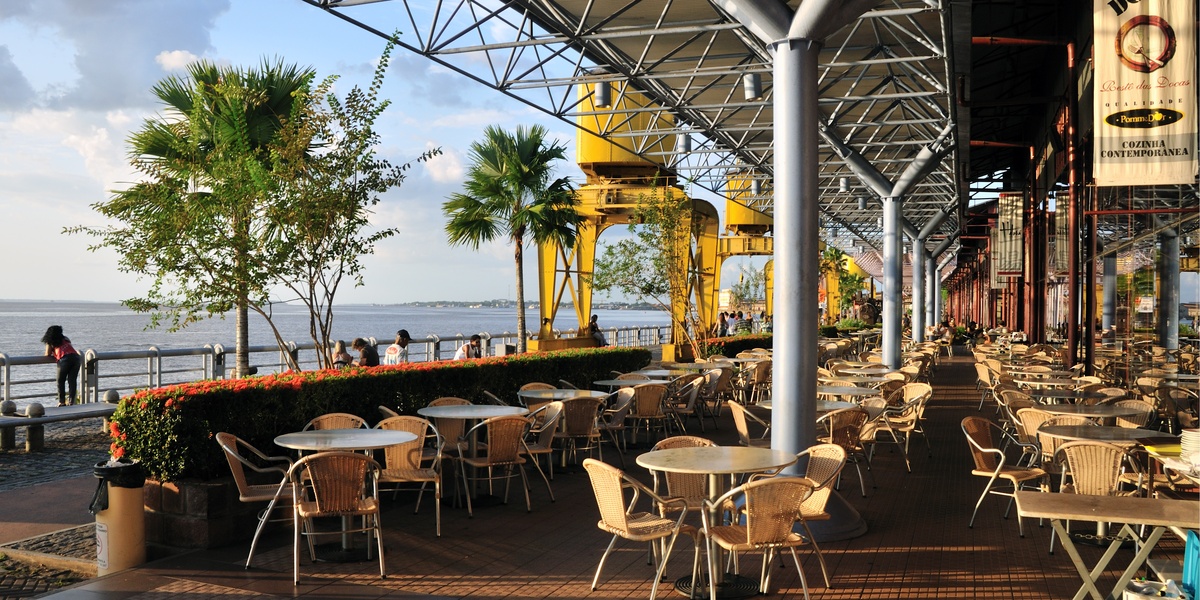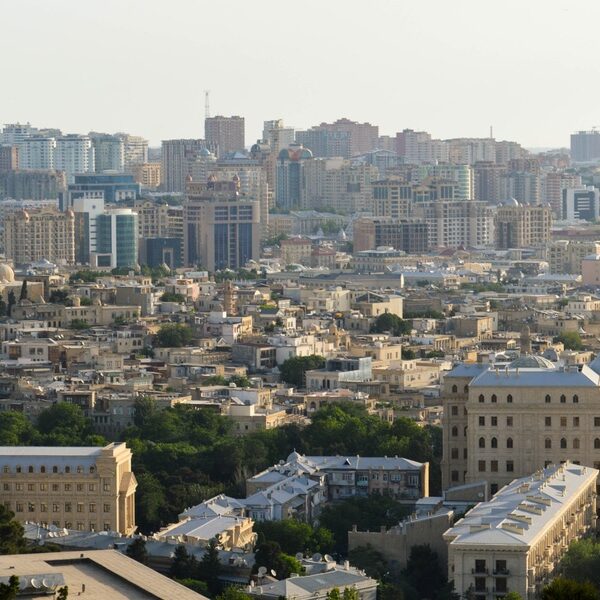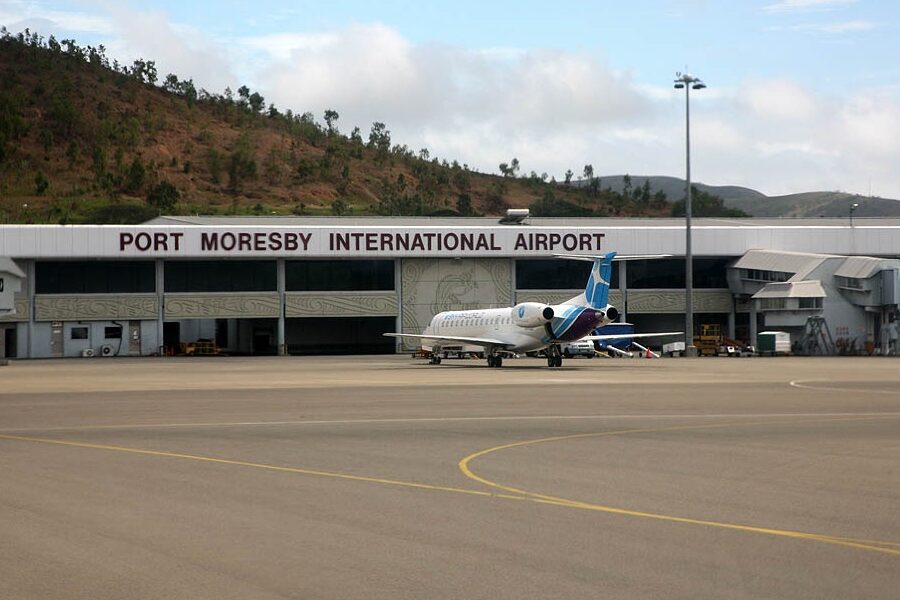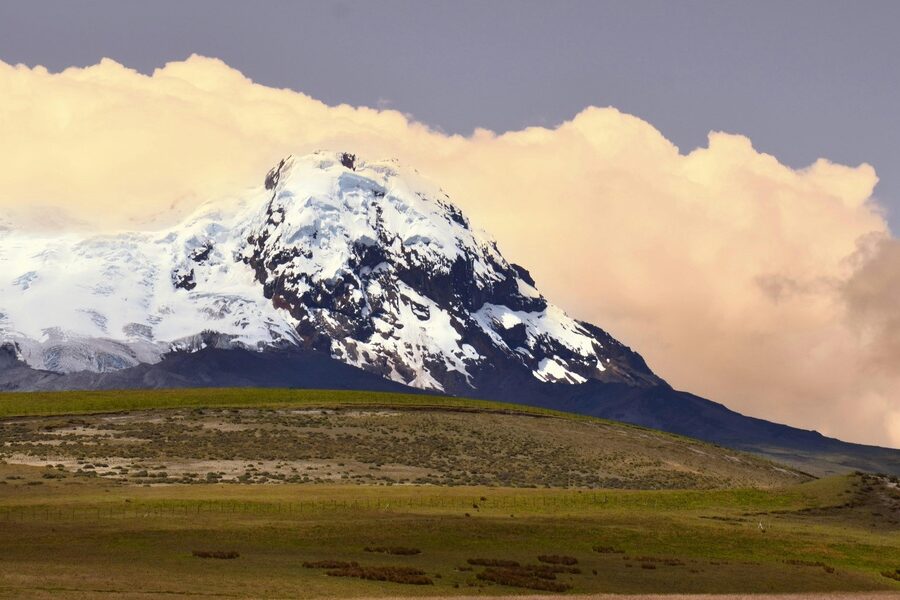South America’s economies span vast agricultural plains, mineral-rich highlands and fast-growing urban centers, so looking at national wealth reveals very different development stories across the continent. Comparing size and per-person income helps highlight who benefits from exports, who depends on commodities, and where population shifts reshape markets.
There are 12 Richest South American Countries, ranging from Argentina to Venezuela. For each entry, data are organized with Flag,Total GDP (USD bn),GDP per capita (PPP, USD),Description (30-50 words) so you can see both market scale and average living standards — you’ll find below.
How is “richest” determined in this list?
This list uses two complementary measures: Total GDP (to show overall economic size) and GDP per capita (PPP) (to indicate average economic well‑being). Together they clarify whether a country’s wealth comes from population scale, high output per person, or resource-driven spikes.
How often should I check these rankings for changes?
GDP rankings can shift with new data, exchange rates and commodity swings, so review the source year noted in the table and consult updates from institutions like the IMF or World Bank when you need the most current picture.
Richest South American Countries
| Country | Flag | Total GDP (USD bn) | GDP per capita (PPP, USD) | Description (30-50 words) |
|---|---|---|---|---|
| Brazil | 🇧🇷 | 1,900.00 | 17,500.00 | Brazil is South America’s largest economy, driven by services, agriculture, mining and manufacturing. Large domestic market, diversified exports (soy, iron, oil) and a growing tech sector shape growth despite political and fiscal challenges that affect investment and inequality. |
| Argentina | 🇦🇷 | 640.00 | 24,000.00 | Argentina combines vast agricultural exports (soy, beef), industry and services with a highly educated workforce. Chronic inflation, debt cycles and policy swings have weighed on growth, though rich natural resources and human capital keep GDP and per capita figures relatively high. |
| Colombia | 🇨🇴 | 420.00 | 16,500.00 | Colombia’s economy centers on services, oil, coal and coffee exports, plus a rising tech and finance sector. Improved security and reforms boosted investment, though dependence on commodity prices and regional inequality remain important context for its medium-term prospects. |
| Chile | 🇨🇱 | 320.00 | 27,500.00 | Chile is a stable, high-income economy anchored by copper exports, strong institutions and developed financial markets. Diversification into services, wine and lithium has grown, while social reform debates and commodity dependence shape economic policy and investor sentiment. |
| Peru | 🇵🇪 | 240.00 | 14,000.00 | Peru’s growth has been propelled by mining (copper, gold), agriculture and fisheries. Strong long-term performance faces political volatility and inequality. Informal employment and need for infrastructure and social investment are key issues despite solid resource wealth. |
| Ecuador | 🇪🇨 | 115.00 | 13,000.00 | Ecuador relies on oil exports, remittances and agriculture (bananas, shrimp). Dollarization stabilizes currency but limits monetary policy tools. Economic fortunes are tied to oil prices and external demand, with ongoing efforts to diversify and attract investment. |
| Venezuela | 🇻🇪 | 60.00 | 12,000.00 | Venezuela remains oil-dependent but has suffered deep contraction, hyperinflation and sanctions over the past decade. Recent informal dollarization and partial production recoveries complicate comparisons; political and institutional challenges constrain reliable, sustained economic recovery. |
| Uruguay | 🇺🇾 | 65.00 | 23,000.00 | Uruguay features a service-oriented, export-linked economy with strong social programs, agricultural exports and stable institutions. Higher per-capita income reflects small population, diversified services, and comparatively high living standards in the region. |
| Paraguay | 🇵🇾 | 50.00 | 12,500.00 | Paraguay’s economy is driven by agriculture (soy, beef), hydroelectric power (Itaipú) and a growing services sector. Low population and competitive electricity costs attract industry, but poverty, infrastructure gaps and institutional capacity remain development challenges. |
| Bolivia | 🇧🇴 | 46.00 | 8,500.00 | Bolivia’s economy depends on natural gas, mining (tin, lithium potential) and agriculture. State involvement in key sectors has shaped growth and redistribution. Rich mineral resources offer upside, but infrastructure, diversification and governance are central constraints. |
| Guyana | 🇬🇾 | 15.00 | 28,000.00 | Guyana is a small but fast-growing economy after offshore oil discoveries transformed prospects. High GDP per capita PPP reflects a tiny population and booming hydrocarbon production; managing revenue, local development and volatility are immediate policy priorities. |
| Suriname | 🇸🇷 | 7.00 | 17,000.00 | Suriname’s economy is small and commodity-dependent, with mining (bauxite, gold), oil and agriculture as main drivers. Its narrow economic base and exposure to commodity cycles make fiscal management and diversification important for stable growth. |
Images and Descriptions
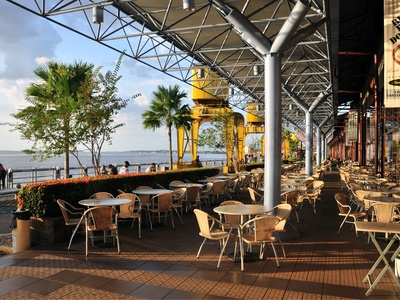
Brazil
Brazil is South America’s largest economy, driven by services, agriculture, mining and manufacturing. Large domestic market, diversified exports (soy, iron, oil) and a growing tech sector shape growth despite political and fiscal challenges that affect investment and inequality.
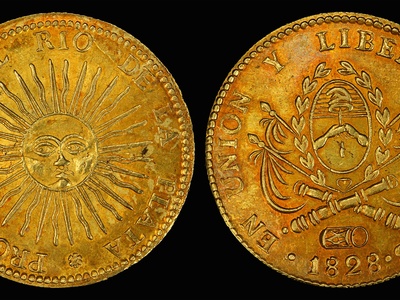
Argentina
Argentina combines vast agricultural exports (soy, beef), industry and services with a highly educated workforce. Chronic inflation, debt cycles and policy swings have weighed on growth, though rich natural resources and human capital keep GDP and per capita figures relatively high.
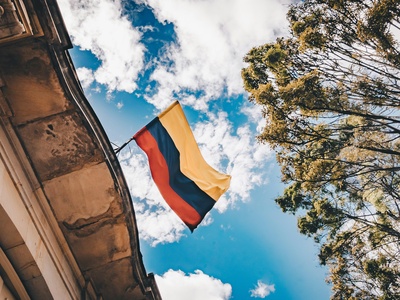
Colombia
Colombia’s economy centers on services, oil, coal and coffee exports, plus a rising tech and finance sector. Improved security and reforms boosted investment, though dependence on commodity prices and regional inequality remain important context for its medium-term prospects.
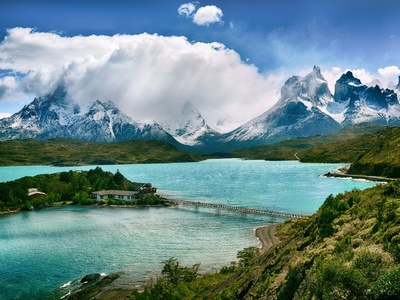
Chile
Chile is a stable, high-income economy anchored by copper exports, strong institutions and developed financial markets. Diversification into services, wine and lithium has grown, while social reform debates and commodity dependence shape economic policy and investor sentiment.
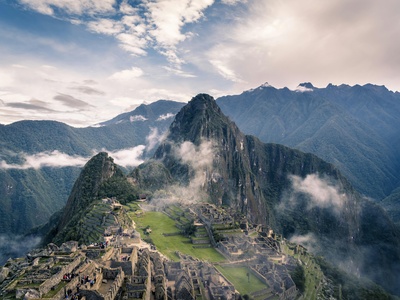
Peru
Peru’s growth has been propelled by mining (copper, gold), agriculture and fisheries. Strong long-term performance faces political volatility and inequality. Informal employment and need for infrastructure and social investment are key issues despite solid resource wealth.
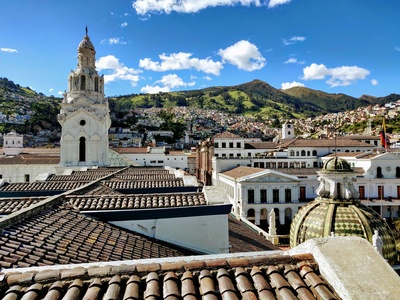
Ecuador
Ecuador relies on oil exports, remittances and agriculture (bananas, shrimp). Dollarization stabilizes currency but limits monetary policy tools. Economic fortunes are tied to oil prices and external demand, with ongoing efforts to diversify and attract investment.
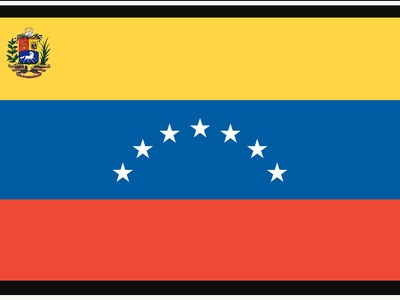
Venezuela
Venezuela remains oil-dependent but has suffered deep contraction, hyperinflation and sanctions over the past decade. Recent informal dollarization and partial production recoveries complicate comparisons; political and institutional challenges constrain reliable, sustained economic recovery.
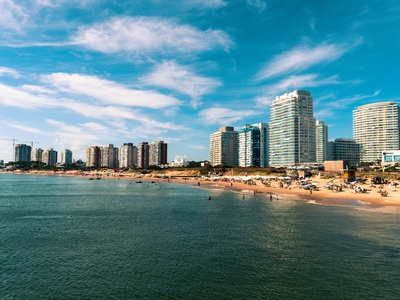
Uruguay
Uruguay features a service-oriented, export-linked economy with strong social programs, agricultural exports and stable institutions. Higher per-capita income reflects small population, diversified services, and comparatively high living standards in the region.
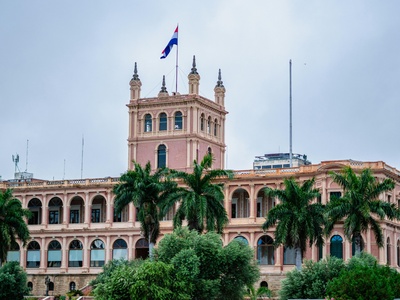
Paraguay
Paraguay’s economy is driven by agriculture (soy, beef), hydroelectric power (Itaipú) and a growing services sector. Low population and competitive electricity costs attract industry, but poverty, infrastructure gaps and institutional capacity remain development challenges.
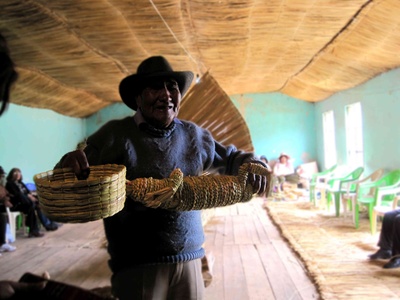
Bolivia
Bolivia’s economy depends on natural gas, mining (tin, lithium potential) and agriculture. State involvement in key sectors has shaped growth and redistribution. Rich mineral resources offer upside, but infrastructure, diversification and governance are central constraints.
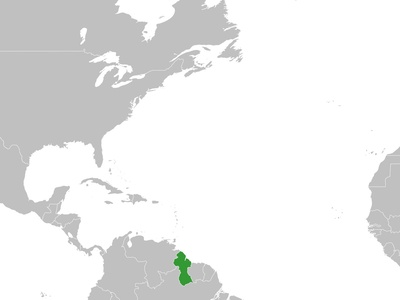
Guyana
Guyana is a small but fast-growing economy after offshore oil discoveries transformed prospects. High GDP per capita PPP reflects a tiny population and booming hydrocarbon production; managing revenue, local development and volatility are immediate policy priorities.
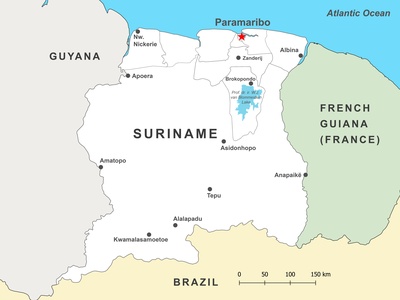
Suriname
Suriname’s economy is small and commodity-dependent, with mining (bauxite, gold), oil and agriculture as main drivers. Its narrow economic base and exposure to commodity cycles make fiscal management and diversification important for stable growth.

